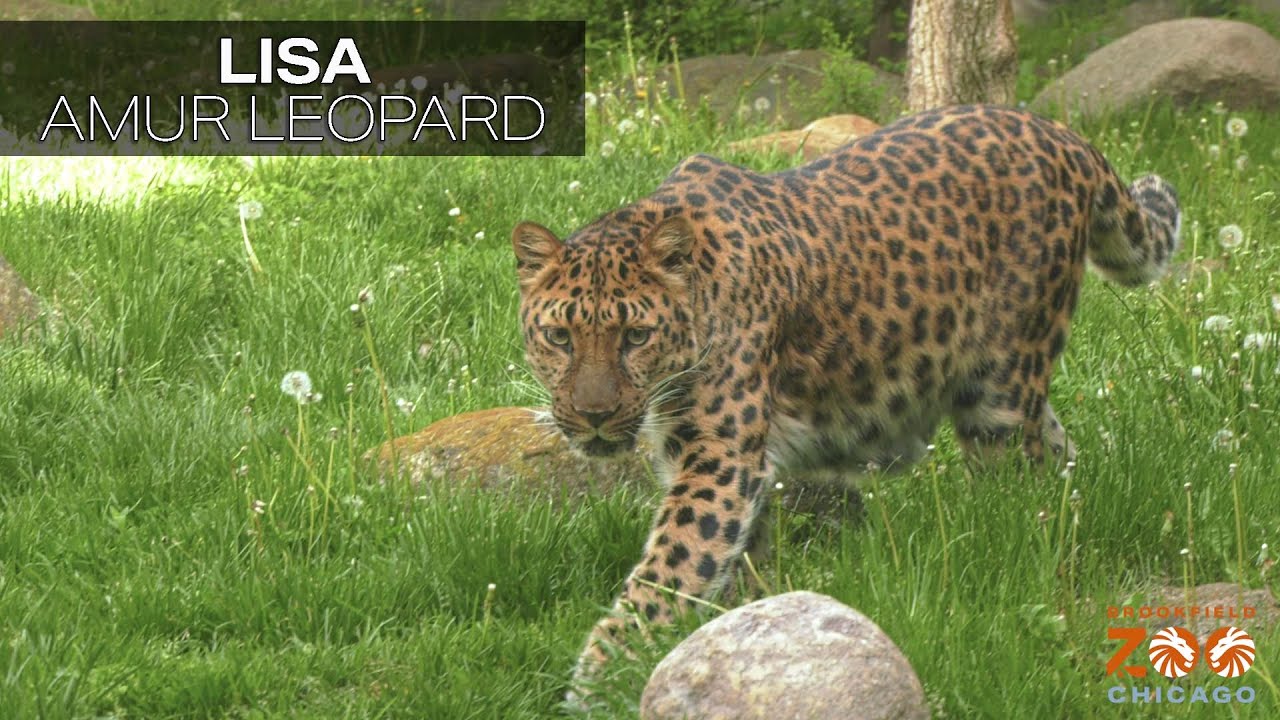– The biology and behavior of the Lisa Amur Leopard
– Threats to their survival and the importance of conservation efforts
– The role of zoos in Amur leopard conservation and public education
– Technological advancements in wildlife monitoring and their impact on conservation
– Efforts towards habitat preservation and restoration for the Amur leopard
The Lisa Amur Leopard, a subspecies of the majestic leopard, stands out as a striking example of the beauty and fragility of wildlife. Members of the Panthera pardus orientalis family, these big cats are native to the Russian Far East, perhaps symbolizing the severe challenges many endangered species face today. Their thick fur, distinctly marked with rosettes, equips them for their habitat’s harsh, cold climates, allowing them to traverse a realm of dense forests and rugged mountains with unparalleled adaptability and stealth.
As apex predators, Lisa Amur Leopards play a fundamental role in maintaining the health of their ecosystem by controlling prey populations and supporting a balanced food chain. Their behavior is characterized by territoriality and solitary living; adults only come together to mate, after which the female raises her cubs alone. Known for their agility, Amur leopards can run at speeds of up to 37 miles per hour and possess an extraordinary leaping ability, making them formidable predators.
However, the Lisa Amur Leopard’s existence teeters on a knife-edge, with estimates of its wild population alarmingly low. The primary threats include poaching for its exquisite fur, retaliatory killings by farmers protecting livestock, habitat destruction due to logging and urban development, and prey scarcity due to illegal hunting. Addressing these threats is fundamental to ensuring the survival of this species.
The efforts to keep Lisa Amur Leopards from vanishing are multifaceted. Crucially, international cooperation has led to establishing protected areas and anti-poaching units. Effective law enforcement and community engagement play vital roles in tackling the illegal wildlife trade, while initiatives that provide livelihood alternatives to local communities help reduce human-animal conflicts.
In the sphere of zoological management, institutions worldwide have become critical bastions for safeguarding the remaining gene pool through breeding programs and acting as educational platforms. Zoos proactively engage in research and collaborate on initiatives to understand the Amur leopard’s needs so that knowledge can inform in-situ conservation—an approach focusing on protecting species in their natural habitats.
Indeed, technology has become a valued ally in the conservationists’ toolbox. Camera traps, for instance, have revolutionized wildlife monitoring by allowing researchers to observe the elusive Lisa Amur Leopard without direct interference. This non-invasive method provides insights into their numbers, health, and behavioral patterns, contributing valuable data to conservation strategies.
Furthermore, protecting the habitat of Lisa Amur Leopards serves a dual objective. Restoring areas where they once roamed benefits the leopards, conserves biodiversity, and supports ecosystem services vital to human well-being. Assisted migration and reforestation efforts are part of the ambitious strategies to broaden the living space available to these leopards, ensuring they have access to suitable territories and sufficient prey.
Progressing from a grim picture to a hopeful outlook for Lisa Amur Leopards demands a symphony of global efforts. This includes initiatives like the Amur Leopard and Tiger Alliance (ALTA) and the Land of the Leopard National Park in Russia—projects that see governments, NGOs, and local communities working collaboratively. With every step taken, from stringent law enforcement to habitat restoration, we edge closer to securing a future for this species.
In sharing the tale of the Lisa Amur Leopard, we are reminded that behind every conservation story is a tapestry of biology, human influence, devotion, and innovation. It is a story that must be narrated with dedication as embers of enthusiasm and action could be the difference between the flickering existence and the vibrant persistence of these enigmatic big cats. Through research, conservation, and education, the hope is to witness the Lisa Amur Leopard survive and thrive in its rightful dominion amongst the wilderness of the Russian Far East.
*****
Source Description
Have you noticed that sometimes there’s an Amur leopard in the snow leopard habitat on the east side of Big Cat Walkway? Lisa, our 13-year-old Amur leopard, and Malaya, our snow leopard, rotate in and out of this habitat. For International Leopard Day, Lisa celebrated with some enrichment! Check it out as she explores her habitat, rubs her face on an interestingly-scented rock, and searches for chunk meat!
Visit www.brookfieldzoo.org for more information!


